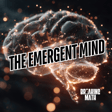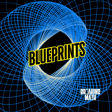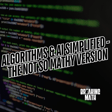
AI in the Lab: How GPT-4 is Changing Molecules and Models
In this episode of Breaking Math, we dive deep into the transformative power of large language models (LLMs) like GPT-4 in the fields of chemistry and materials science, based on the article "14 examples of how LLMs can transform materials science and chemistry: a reflection on a large language model hackathon" by Jablonka et al. from the Digital Discovery Journal. Discover how AI is revolutionizing scientific research with predictive modeling, lab automation, natural language interfaces, and data extraction from research papers. We explore how these models are streamlining workflows, accelerating discovery, and even reshaping education with personalized AI tutors.
Tune in to learn about real-world examples from a hackathon where scientists used LLMs to tackle some of the most pressing challenges in materials science and chemistry—and what this means for the future of scientific innovation.
Keywords: GPT-4, large language models, AI in chemistry, AI in materials science, predictive modeling, lab automation, AI in education, natural language processing, LLM hackathon, scientific research, molecular properties, Digital Discovery Journal, Jablonka
Become a patron of Breaking Math for as little as a buck a month
Follow Breaking Math on Twitter, Instagram, LinkedIn, Website, YouTube, TikTok
Follow Autumn on Twitter and Instagram
Follow Gabe on Twitter.
Become a guest here
email: breakingmathpodcast@gmail.com



















